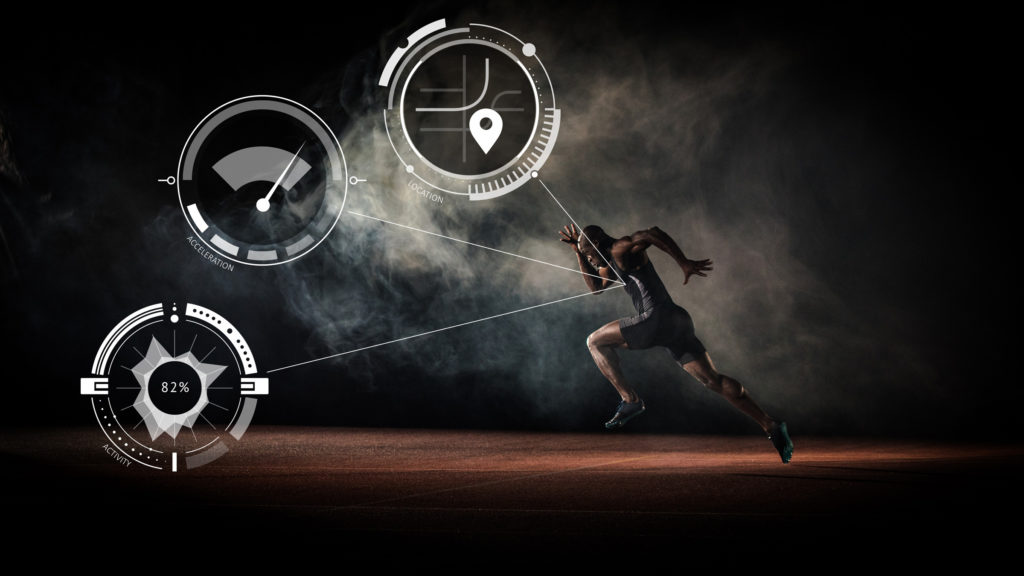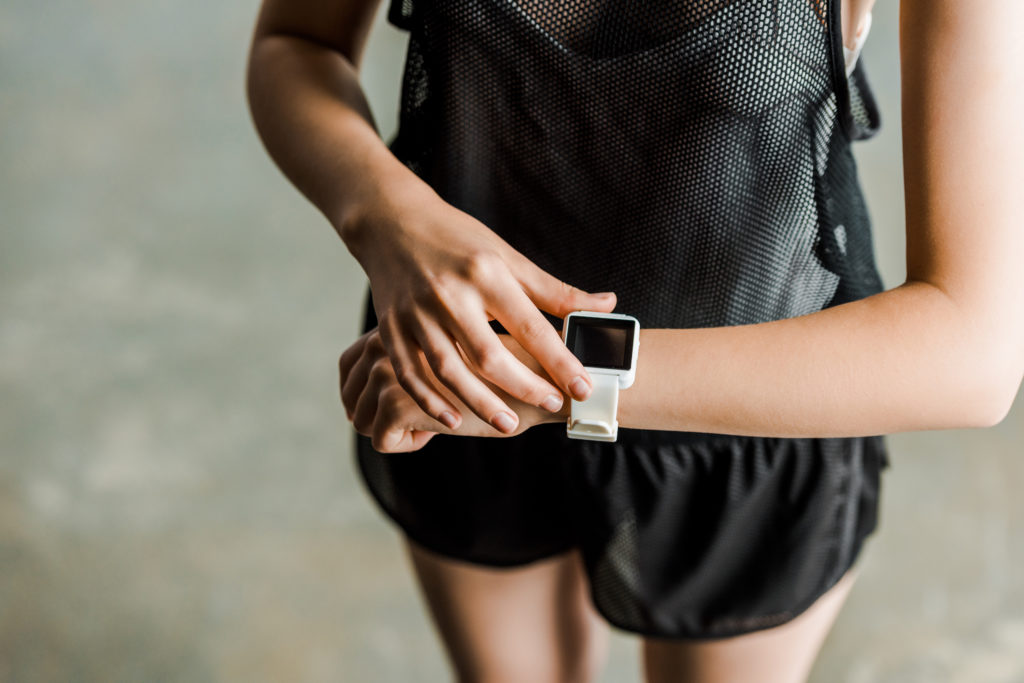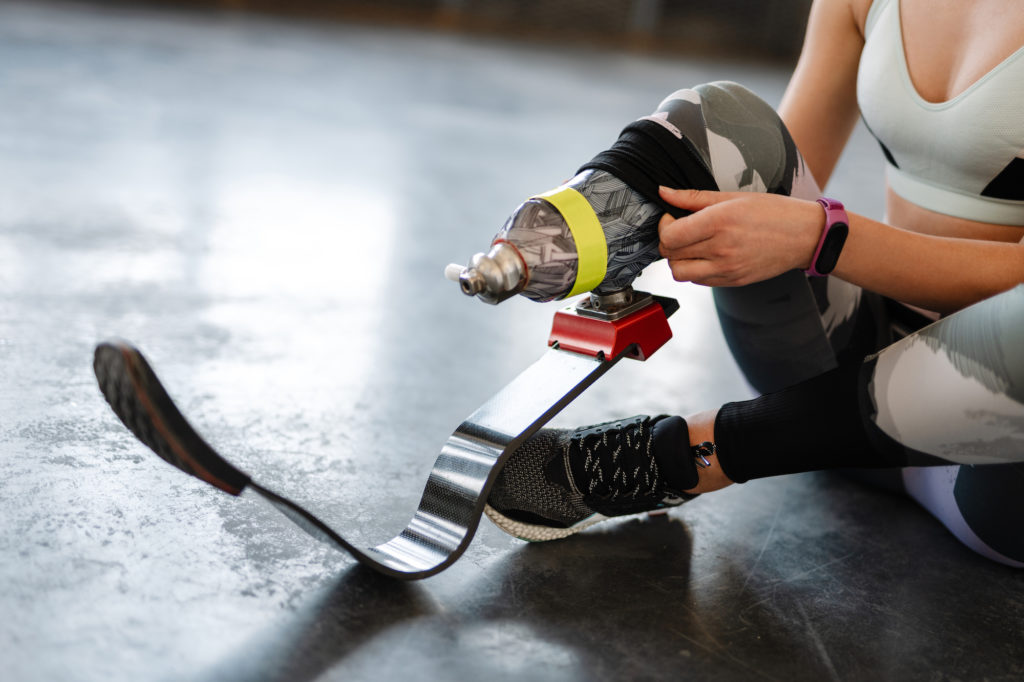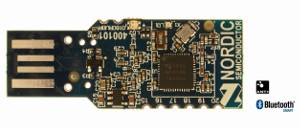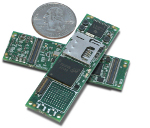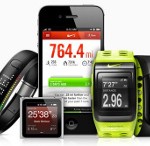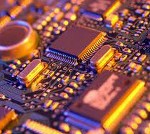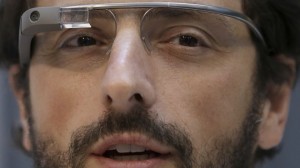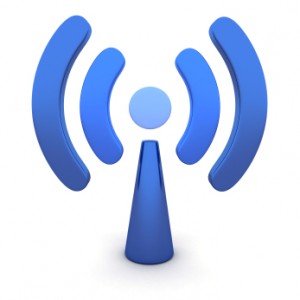Connected Technology & Wearables in Sports: A Helping Hand or Unfair Advantage?
How is IoT and Technology Impacting Sport, and Where Is The Future for Tech in Sport?
From the launch of Hawkeye technology in Tennis and Cricket in the early 2000s, to the controversy around the LZR swimsuit at the Beijing Olympics in 2008; to the current boom of wearables for sports and health monitoring, tech is becoming increasingly common in the world of sport.
Whether used for professional athletes to measure inputs such as gait, heart rate, time in motion or speed, or just as simple IoT devices for counting steps in the average walker, connected technology is changing the way we exercise. It’s impacting every element of sport and exercise from spectating, participation and competing, healthcare around sports, and sports as a commercial industry.
But with connected devices, sensors, cameras and even virtual and Augmented Reality (VR and AR) now becoming more prevalent in sport, is this new tech wave a good or bad thing? And what are the considerations for developing a sports technology device?
Jump to a section:
Developing a Wearable or Electronic Product for Sports
Does Connected Technology Create an Unfair Advantage?
How Does Sports Technology Benefit Athletes and Users?
Wider Benefits of IoT and Tech in Sports and Recreation
Types of Sports Technology
One of the biggest sectors in sports technology is of course, wearables. From wrist wear GPS trackers and heart monitors, to fully connected sports analytics vests, the sports wearables market was predicted to be worth nearly $15 billion by this year.
Connected, small form sensors in watches, vests, head gear or even footwear can provide invaluable data to athletes and their support staff. It is small wonder that this is one of the fastest growing uses of smart technology and electronics in sport.
Aside from wearable technology, cameras and drones with advanced computing functionality have seen increased use in competitive sports. An example is the Hawkeye System, used in tennis and more recently in international soccer competitions as a goal line monitor.
There are also technologies for monitoring and providing feedback on injuries (or the potential for injury) now becoming more popular. At LX, we recently worked with our client Headsafe to develop a connected, portable brain assessment device that can help medical professionals determine likelihood of concussion. Such devices can be used for preventative activities, by examining risk factors in an athlete’s performance that could lead to injury. They can also be used to help with diagnosis of injury, or provide data insights for ‘return to activity’ windows in recovering athletes.
Alongside from the commercial ubiquity of hardware-based tech products, the rise of software and big data in sport has been just as transformational across the industry. From algorithms for assessing relative player value, to real time game analysis and new ways of engaging with audiences at home and in the stadium, data now underpins how many of us interact with competitive sport.
Developing a Wearable or Electronic Product for Sports
With an increasingly competitive and fragmented market, and new restrictions on tech being posed by health and legal bodies, what are the considerations when developing a wearable or piece of electronic technology for the sports market?
Firstly, engineers and companies want to consider where the tech is being used. Is it a training aid, or something to be used in live games? If the latter, then what are the laws or code of conduct that governs technology use for that sport in that country? What are the legal considerations on an international level?
More practically, you may need to consider what type of activity the device is being used for. If it is remote sensing or monitoring and not a wearable, then likely size and weight are less of a consideration. Similarly, if it’s a tracker to be attached to a watercraft or bike, considerations around IP and IK rating would be important.
If you are designing a connected wearable, however, then small form or low profile devices are usually desirable. This is so that they do not inhibit the athlete, or have the potential to cause injury. Particularly in contact sports such as rugby, polo or American football, considerations around impact; not only in regard to hardware and industrial design to protect the device, but also to ensure the device does not injure players, is of vital importance.
Expanding on IP rating, for water sports or winter sports where temperature is a factor, does the device need to be able to operate under extremes of temperature? And if out on the water, or in use in more remote locations, what kind of network connectivity is best? For example, the network used for data transmission on a tracker for an endurance runner out in rural areas is likely to be different to that for a soccer player in an urban stadium, with access to wifi coverage.
Finally what is the function this device is performing? How accurate does reporting data need to be, and what is the required frequency of transmission? To use the endurance runner example, GPS tracking might only need to be approximate with reporting every hour or so. In contrast, a tennis player might need heart rate, distance travelled and serve speed reporting in near real-time.
Ultimately, these environmental and use case factors will determine the look, size, weight and network capability of a connected sports device.
Do you have an idea for a connected sports wearable or IoT device you’d like to discuss? Contact us today for an obligation free discussion.
Does Connected Technology Create an Unfair Advantage?
Since its introduction into sport, tech has created division and courted controversy among professionals, fans and athletes. This is because there are often grey areas around whether a piece of technology gives an athlete an advantage, or is simply allowing them to reach their natural potential.
Again the difference between tech used in training versus that used in live sports is an important distinction. Both can give players/athletes an advantage, but it is harder to police or legislate against tech used in training. Consider a boxer who has access to an AR/VR program of an opponent’s fighting style prior to a fight. That athlete is able to plan and train better than an opponent without this technology. He or She may still lose the fight, but was it a fair fight? What is the difference between having access to that technology and having a more experienced coach?
For use in live competition, we can look at swimmers at the 2008 Olympics who adopted the LZR Speedo suit designed by NASA and consistently broke records in their class. Research showed the suit reduced drag by up to 25% and provided a material advantage to the point where it was banned in future competitions.
Was this tech use fair to the other swimmers in that event? Perhaps so, if everyone had access to the same equipment and it was a choice whether to use it or not. But what about the previous holders of those records? Is it fair they were stripped of that title, arguably on the basis of new emerging technology, rather than an increase in natural talent?
Furthermore, when we look at international competitions like the Olympics, there is already a disparity between the OECD countries and developing nations. This is evident in terms of access to funding, training facilities and personnel, healthcare and equipment. Does the introduction of performance enhancing technologies simply further widen the gap between the ‘haves’ and ‘have nots’? At a certain point it could become pointless for some countries to compete if the margin between a podium position and missing out is based on access to technology.
More generally in international competition, ‘Techno doping’ is becoming an increasingly contentious issue. Often, the impact of technology is not apparent until medals are won and records broken, like with the LZR suit. At this point it’s harder to say someone won unfairly because no one knew about a piece of technology in order to ban or restrict its use prior to the competition. With governing bodies often behind the tech curve when it comes to legislation against wearables, clothing and equipment used in competitions, there can be a lot of back and forth about what is allowed and what isn’t. This only serves to further confuse the issue for training teams, engineers and athletes, and can leave room for ‘wilful ignorance’ around whether technology should be verified before use in live competition.
How Does Sports Technology Benefit Athletes and Users?
Technology can be used to help prevent and treat injury and chronic conditions in athletes, by monitoring their performance over time and providing early warning alerts for risks. This is something that manual observation is unlikely to achieve and, in this way, technology has been a real benefit to sports.
Similarly, we now have the ability to access data in near real-time about an athlete’s performance. This allows for post activity analysis like never before, and this wealth of data is helping us to become better athletes, coaches, physicians and team mates. Even for the average person, the psychological impact that data reporting has on motivation to exercise is powerful. Studies have shown that step counters and social media sharing for apps like Strava keep us on track with fitness and weight loss goals.
Technology also benefits sports professionals by giving them access to environments they might not otherwise be able to create. Through technology like AR and VR, athletes can be training even in an off season, or recreate games to see where they could have changed a play, or experience the associated psychological pressure of a live audience.
In some ways, the rise of technology through IoT sensors and wearables reporting on performance have levelled the playing field. Access to data, AI and the ability to monitor key inputs removes some of the human element of coaching and the impact that a good or bad trainer can have on performance. Therefore, when one player or team can access and utilise the same level of insight as another, they have equal opportunity to use it for performance improvement, regardless of the quality of their coaching staff.
Taking this further, the value of the data collection from such technology cannot be understated. Although it comes with its own issues around privacy, anonymisation, and the impact that such data could have on an athlete’s market value if made publicly available, this data can do a lot of good. From aggregation of data and machine learning, we can develop better training programs, help prevent injury through increased understanding of the way sports impact the body, and drive increased performance.
Technology can also help us create better equipment. Notwithstanding the issues around fair access to this, data from wearables and connected sensors could provide the architecture for a more streamlined racing bike, a faster rowing boat, or a tennis racket that increases serve speed.
Wider Benefits of IoT and Tech in Sports and Recreation
There is an obvious benefit to increased knowledge, and the ability to make data-informed decisions as a result of new technology. Whether that new data is used to improve training, performance, equipment and health/injury care in sport, it can materially impact both the individual and the community. And although most of these advances emerge at a professional level initially, the results generally filter down to education and personal training or more amateur level sports players.
Outside of the educational benefits, sports technology is helping us enjoy watching sport in new ways as well. From connected tech that allows stadium spectators to listen to a soccer referee, to devices that allow cricket players to interact directly from the field, we can get closer to the action than ever before.
And perhaps one of the greatest benefits of sports technology is that it enables better access to sport for differently abled people. From advanced engineering that allows para athletes to compete more safely in events like weight lifting and contact sports, to coaching environments for those with conditions like autism, sport has always been a connecting force, and technology is only helping that.
Conclusions
Whilst smart technology, connected wearables and computer driven cameras come with a whole host of potential risks and considerations, overall, technology is bettering the field of play for sporting activities.
Sport brings us together, provides entertainment, keeps us fit and pushes us to excel. Like engineers with technology, athletes are always looking to push the boundaries of what is possible, and it feels inevitable that tech and sports will continue to converge in the future.
The issues around data privacy and access, legislation for fair and safe competition, and how these advances impact the wider community are all important factors in sports tech and we cannot afford to ignore them. But at the same time, it’s exciting to think about what might be possible in the future with sports technology. Will we see completely new sports born from tech? What about new ways of viewing sports, for example an ‘athlete’s eye view’ of the field? The possibilities seem endless!

